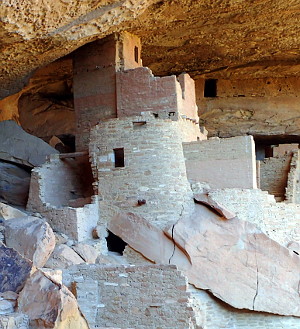
Ancestral Puebloan "Anasazi"
The first North American peoples were known as the "Clovis," for the New Mexico site where the earliest carbon-dated arrowheads were found. They inhabited North America 10-12 thousand years ago, and possibly up to 16-20 thousand years ago. These peoples were nomadic hunter/gatherers. About 3-4 thousand years ago the domestication of animals and agriculture allowed for permanent settlements. The earlier settlements were made of wood and impermanent materials; so there is scant evidence of their culture. The oldest North American permanent settlement are the Acoma people of New Mexico. They are descendants of Ancestral Puebloans that lived in the Four Corners region of America since around 1000 BC. Ancestral Puebloans were called the "Anasazi" ("the ancient ones") by later Native Americans: Utes and Navajos. Large stone structures started to appear in North America since around 500 AD.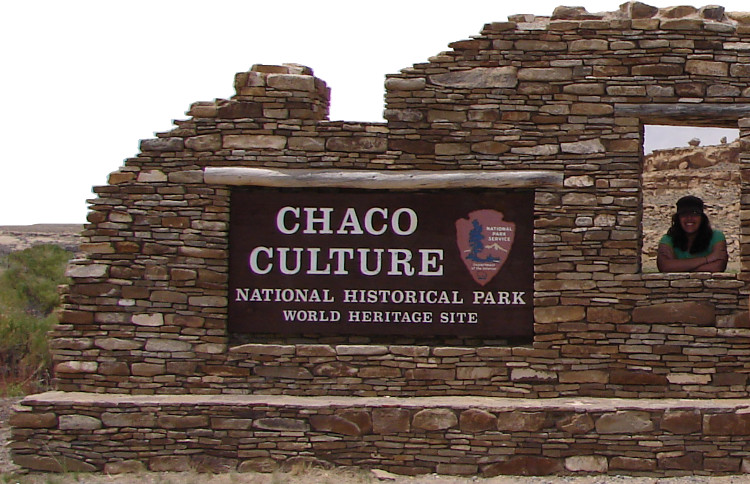
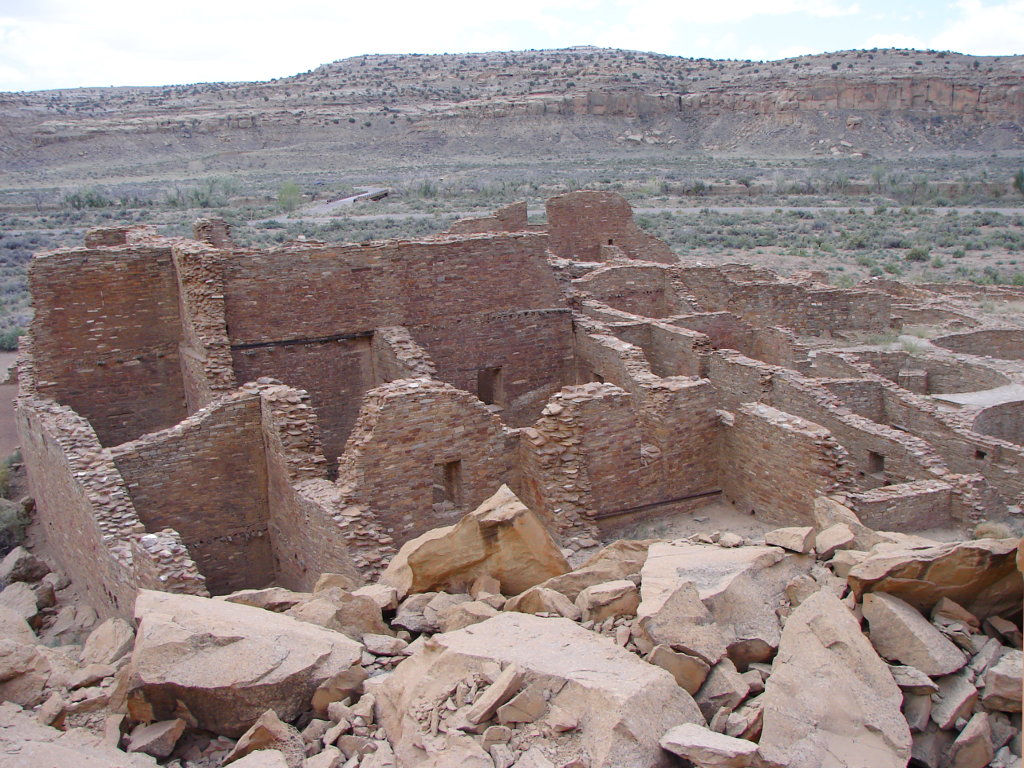

(hover mouse over pic above for alternate view)
(on mobile devices tap the image on left/right)
Chaco Culture
Chaco in New Mexico is one of the earliest such structures. It is estimated that over 10,000 people inhabited this settlement. We had the opportunity to visit Chaco Canyon in 2010, and hiked up to the plateau above Pueblo Bonito for a nice view of the ruins. It's quite a drive to get there; 13 miles of very rough dirt roads. (click for HI-RES)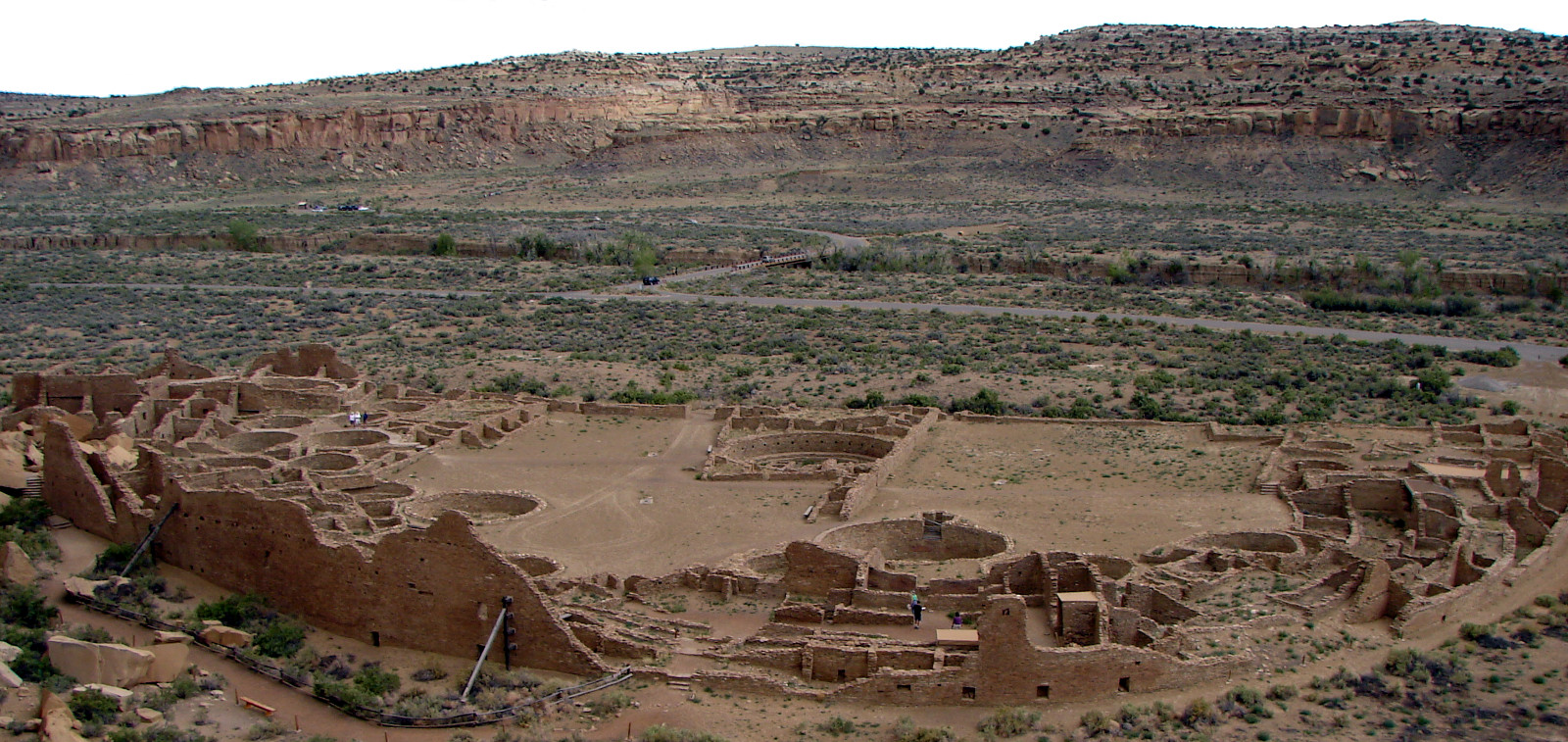
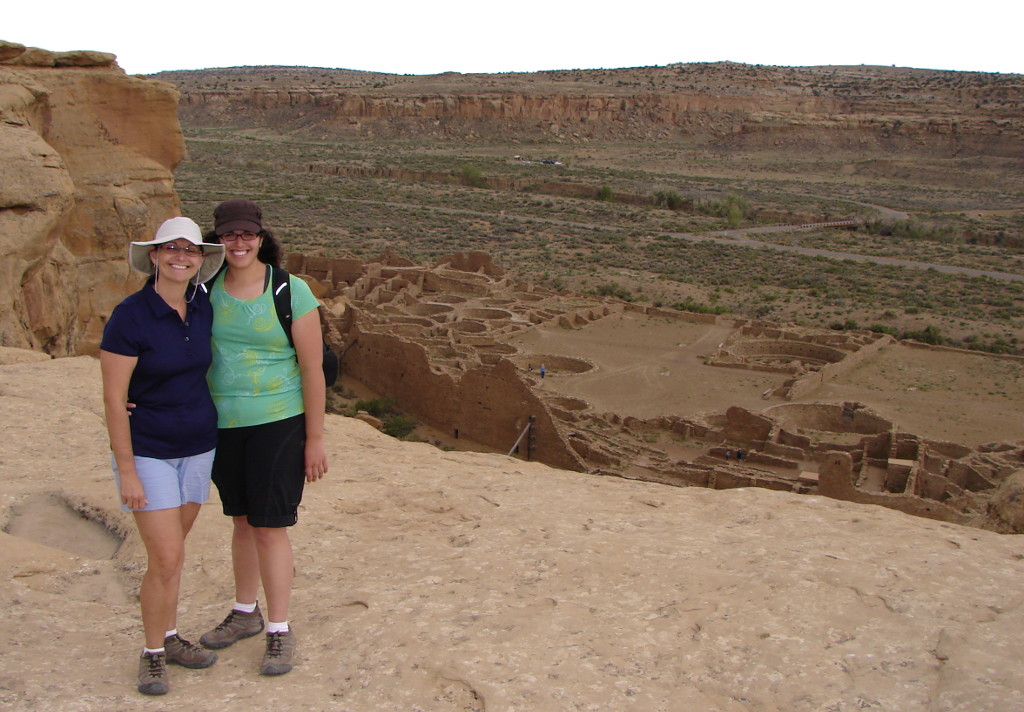 At the time we visited it was still allowed to walk inside the structures, which are over 1,000 years old. They pre-date Columbus and europeans arriving in America by about 600 years. These are doorways connecting communal houses in Pueblo Bonito. The site is considered sacred by Native Americans so "Don't touch it! Don't break it!"
At the time we visited it was still allowed to walk inside the structures, which are over 1,000 years old. They pre-date Columbus and europeans arriving in America by about 600 years. These are doorways connecting communal houses in Pueblo Bonito. The site is considered sacred by Native Americans so "Don't touch it! Don't break it!"
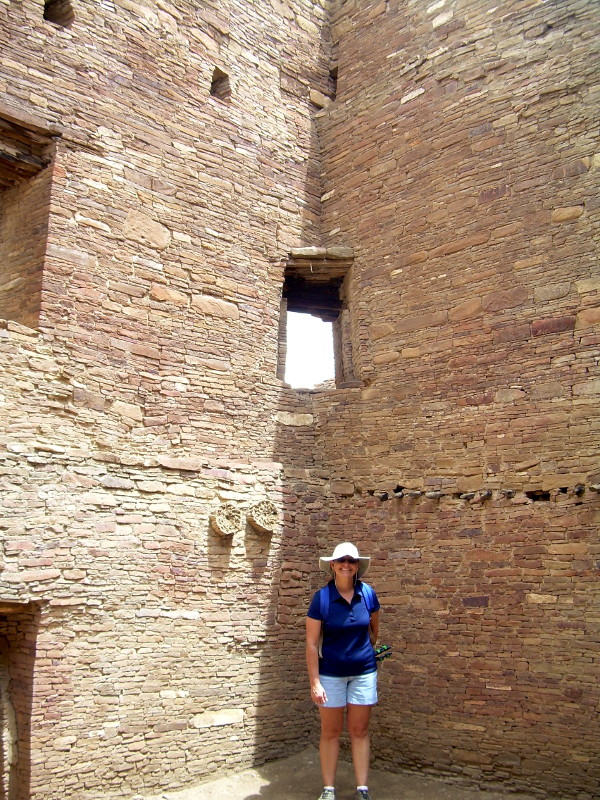
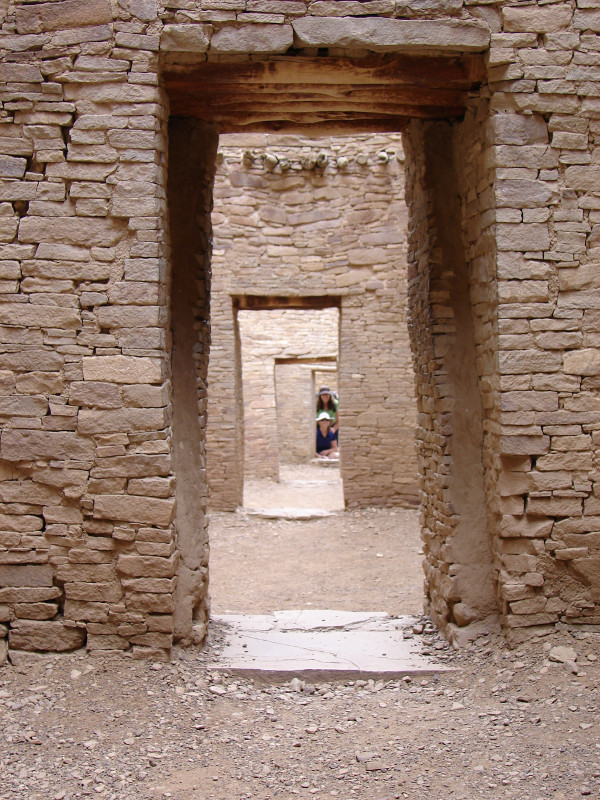
Four Corners
Looong drive through the Navajo reservation to the Four Corners of New Mexico, Colorado, Utah, and Arizona. It's a unique location in the USA. In Native American folklore, this is sacred land to the Anasazi, Hopi, and Navajo. This area is the "heart" of the Anasazi culture of the Southwestern United States. With permission, we took to the hills surrounding the Four Corners monument for a peaceful hike to stretch our legs.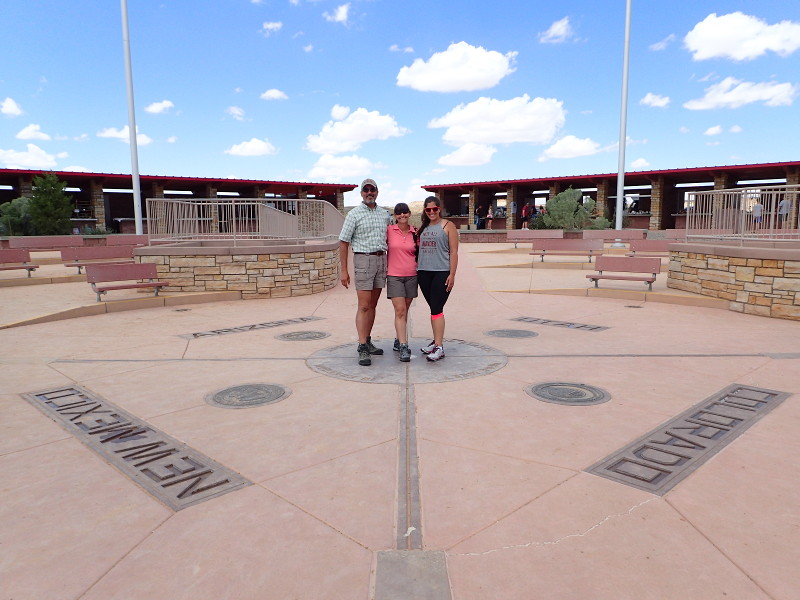
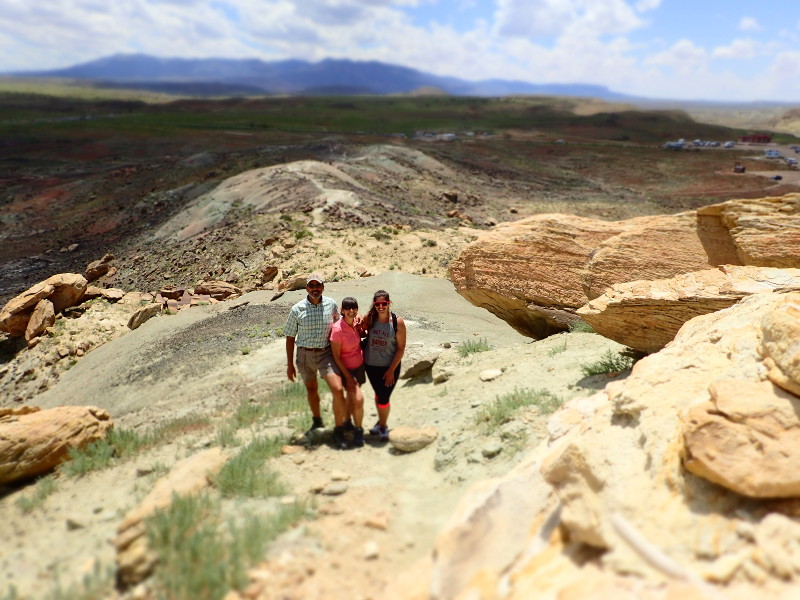
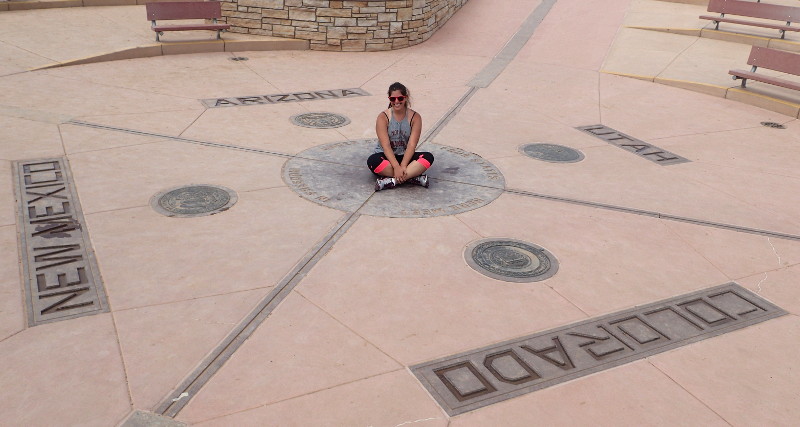
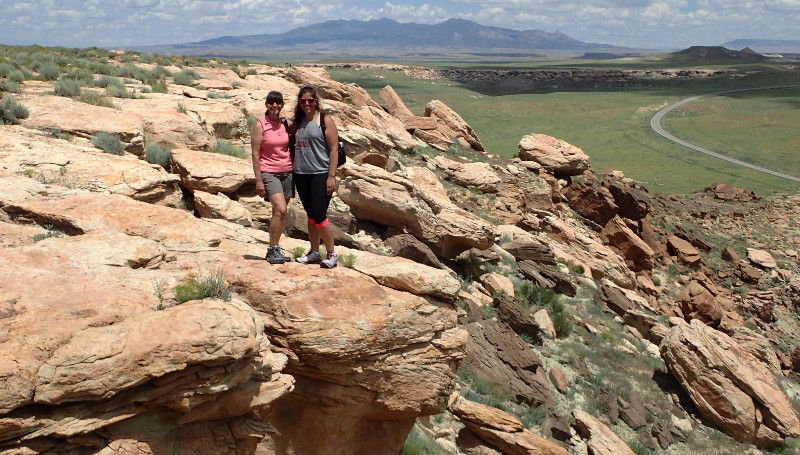
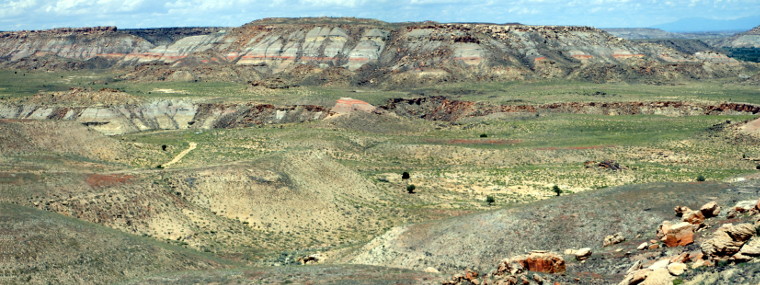
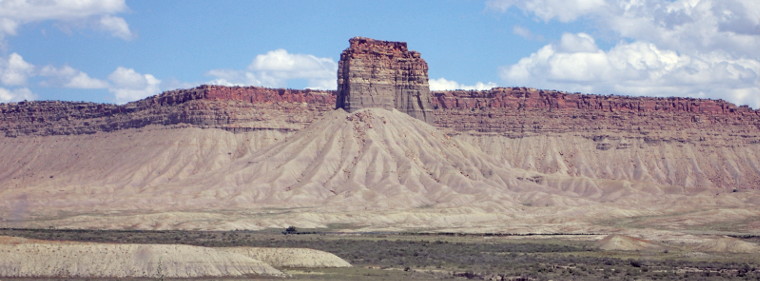
Mesa Verde
The "cliff dwellings" left behind by the Anasazi at the Mesa Verde National Park are incredibly well-preserved.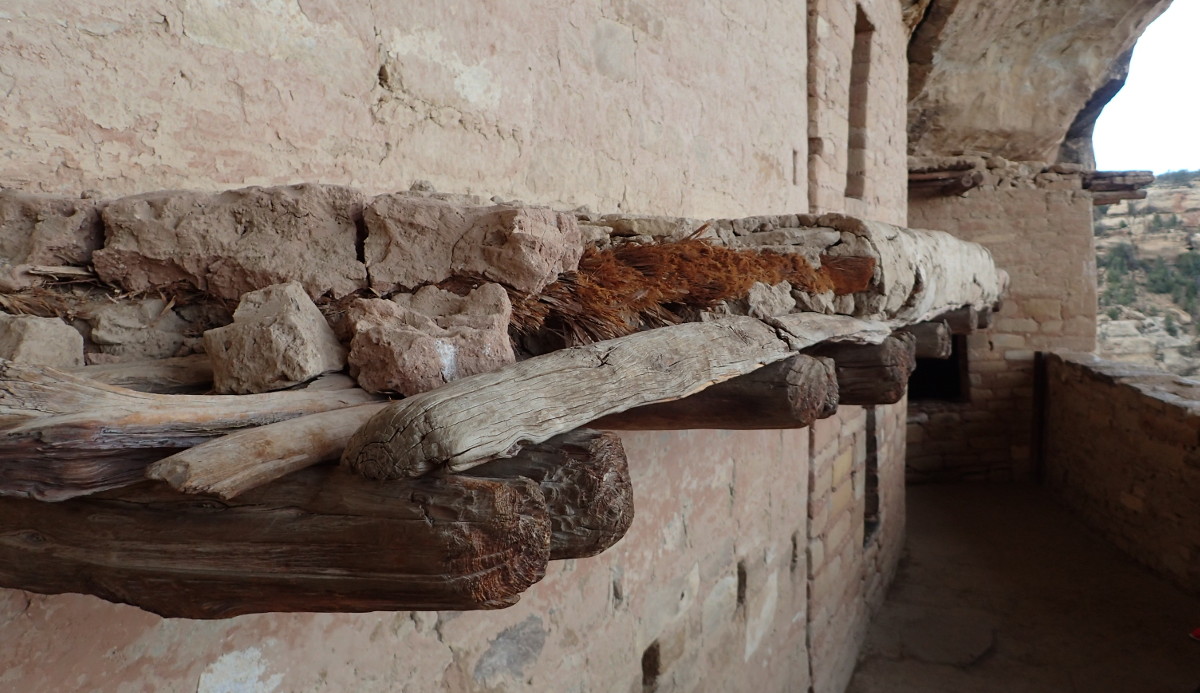
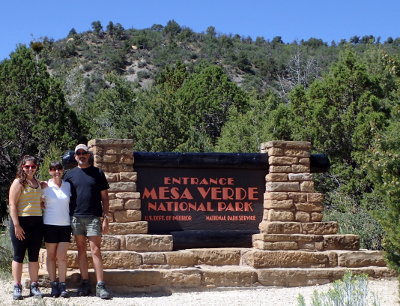 Detail of the original timber and thatch.
Detail of the original timber and thatch.(click pics for HI-RES)
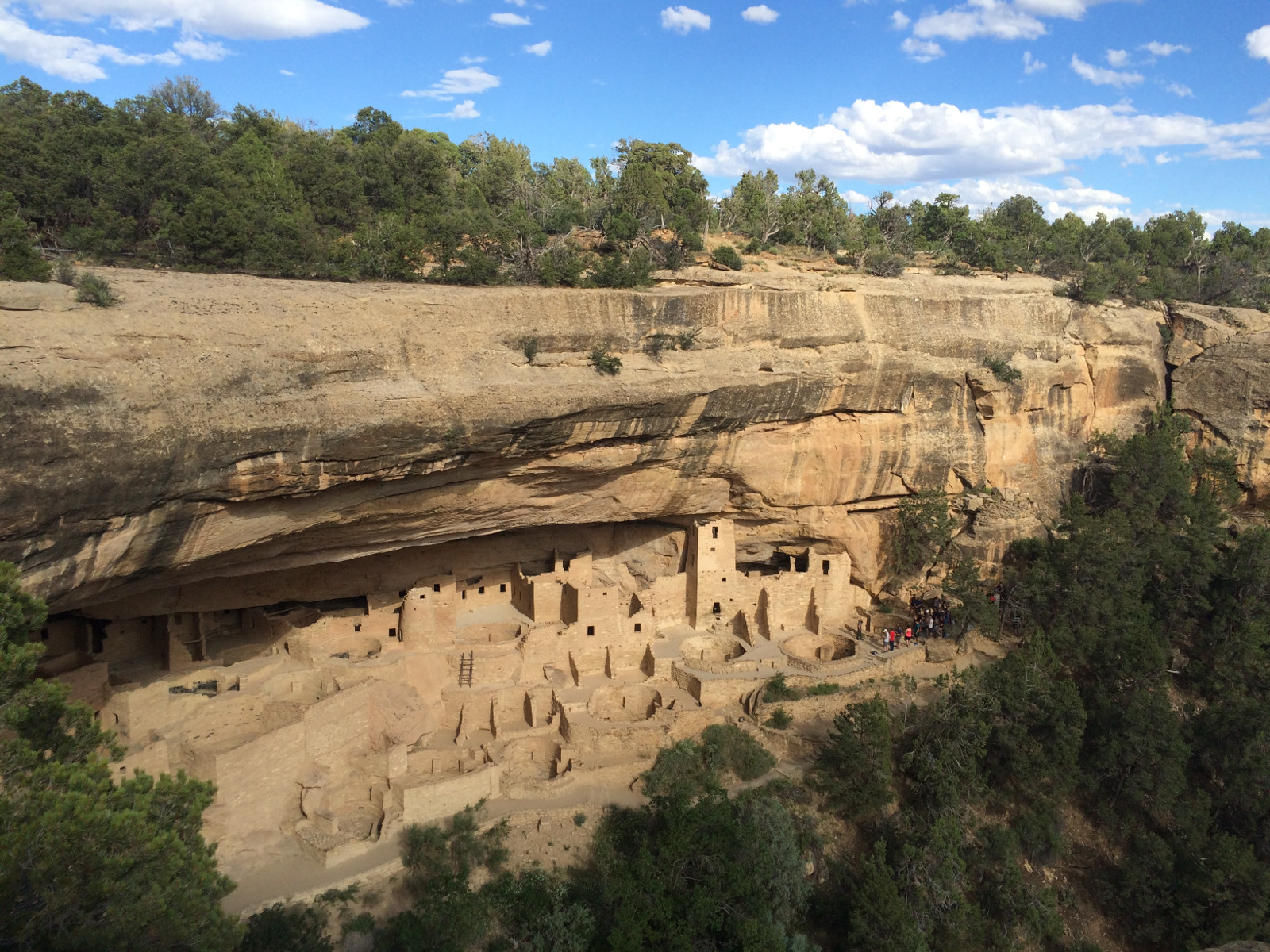
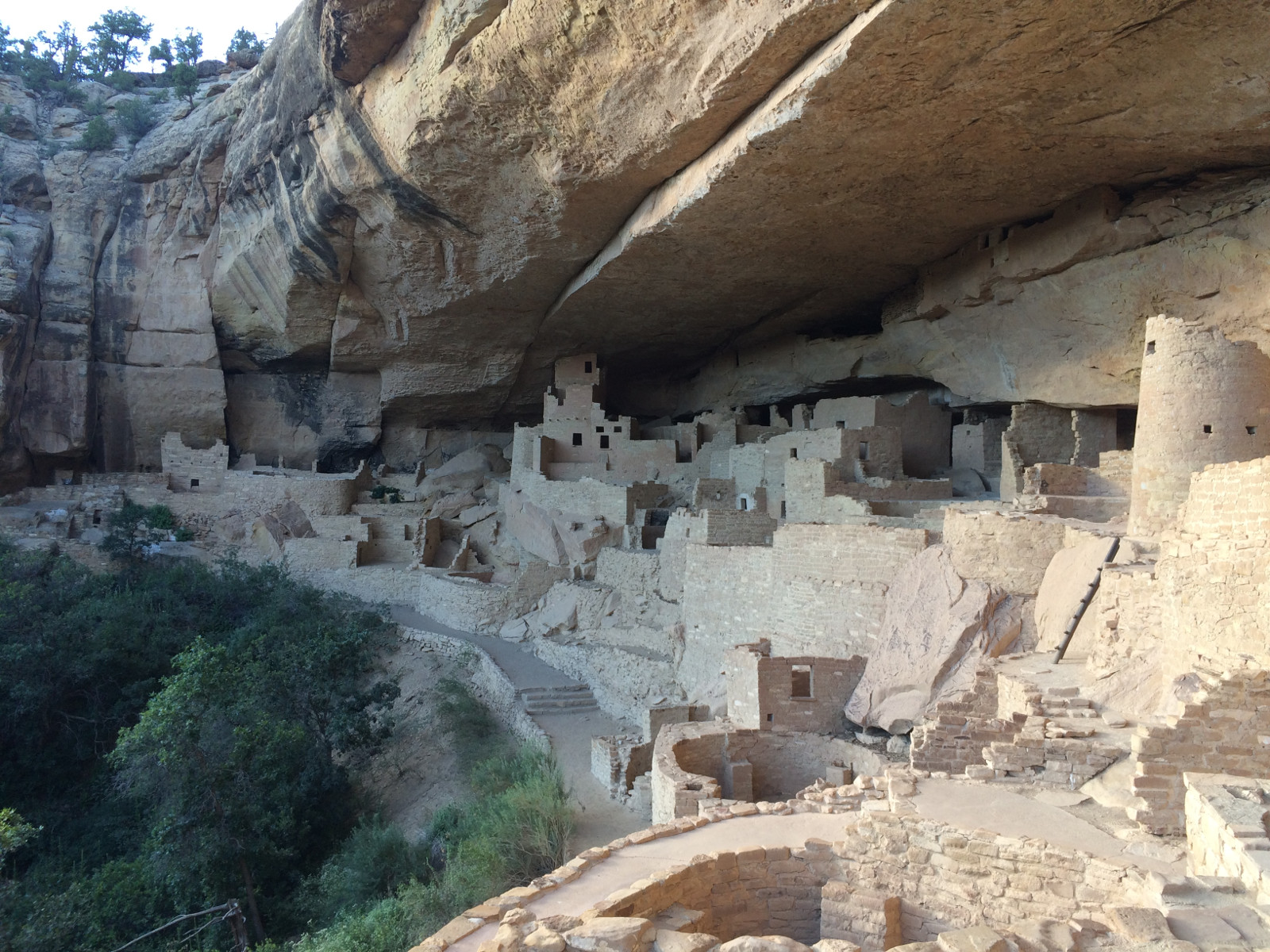
Definitely go for the Park Ranger guided tours of the 3 main sites: Cliff Palace, Balcony House, and Long House. With over 50,000 acres, there is a lot to explore in Mesa Verde. (Some sites are closed to the public.)
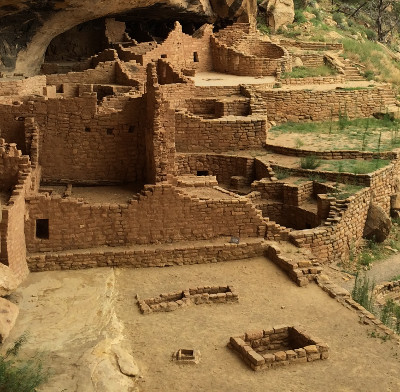
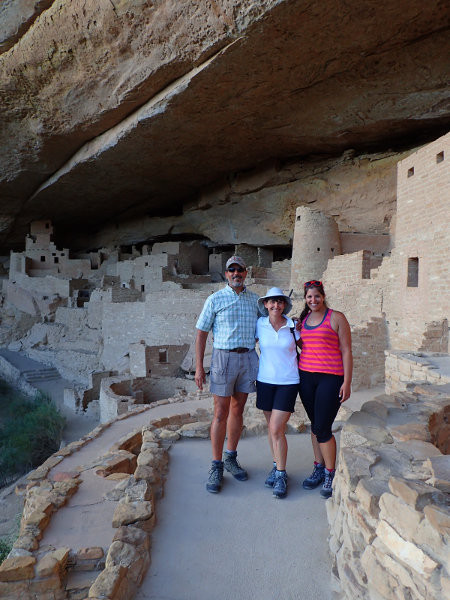
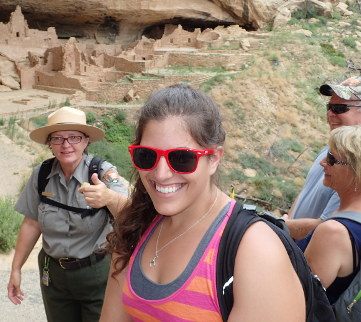
There are hiking trails in Mesa Verde where you can see petroglyphs. Picture of us at a scenic lookout on one of the trails, with view of the canyons. (click for HI-RES) We had a great time there in 2015.

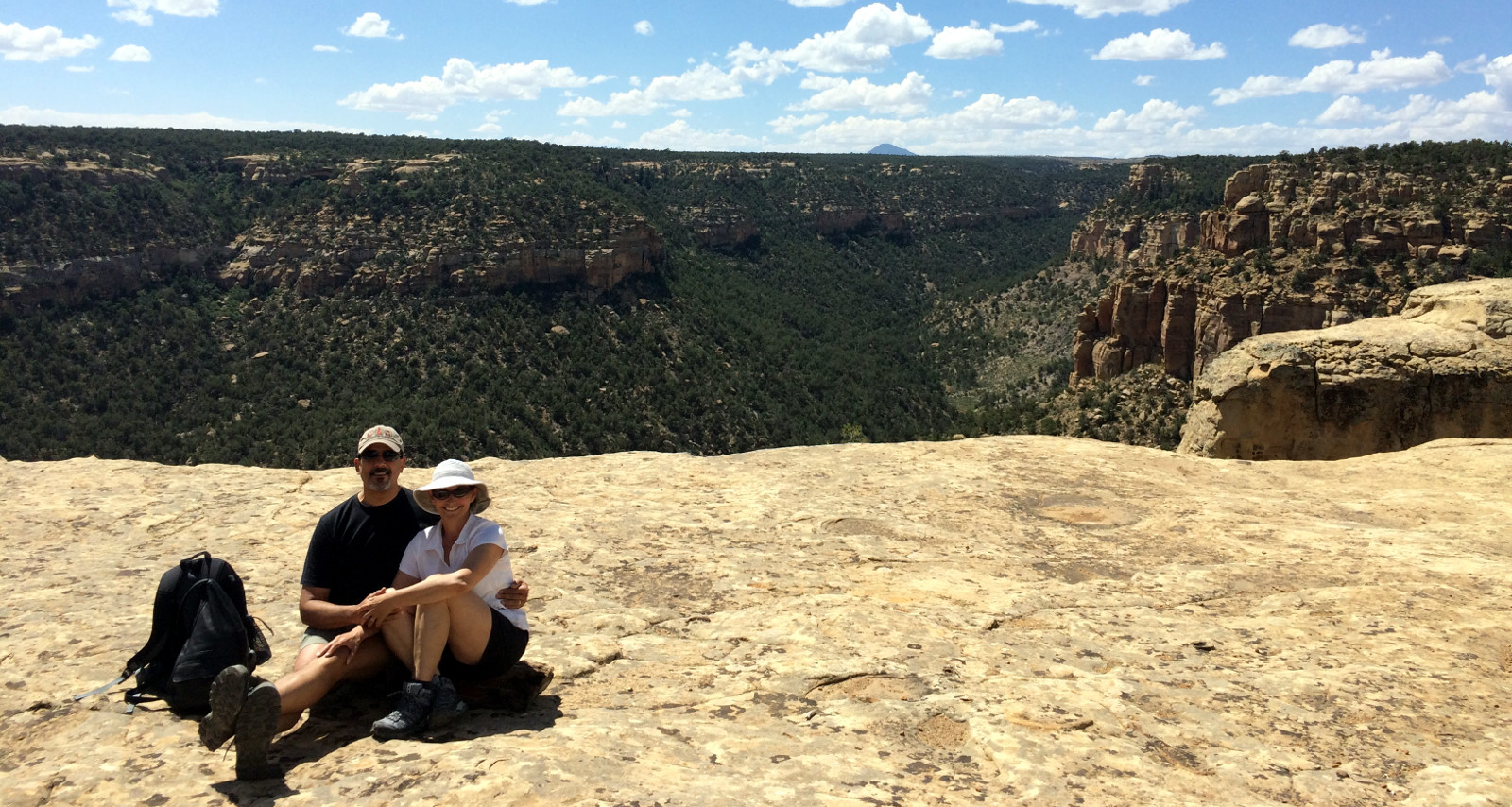
Canyons of the Ancients
Canyons of the Ancients is an hour's drive from Mesa Verde. We decided to "check it out" during our stay at Mesa Verde. The Anasazi ruins here are not well-preserved like at Mesa Verde. The attraction for us was: very solitary and beautiful hike – and you can find pieces of pottery artifacts along the trails. Arid and hot: 100°F in the shade! The area is remote and peaceful, and considered sacred by Native Americans. Before heading out to the trails, we visited the Anasazi Heritage Center near the town of Dolores, Colorado.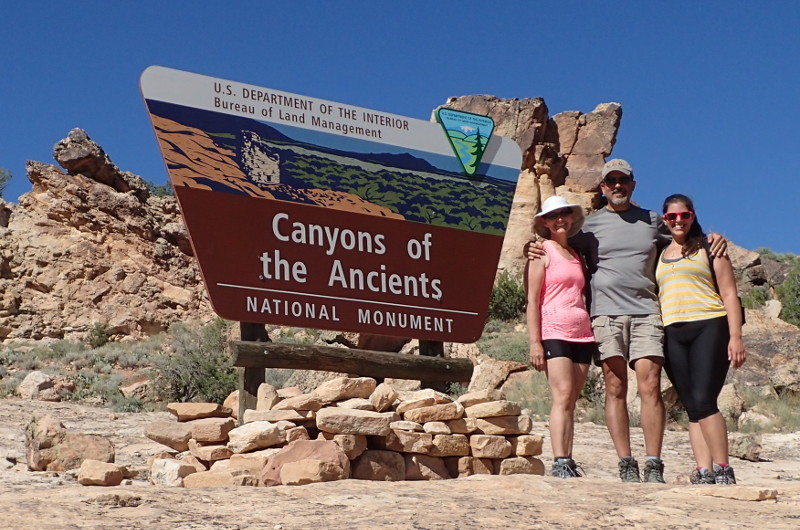

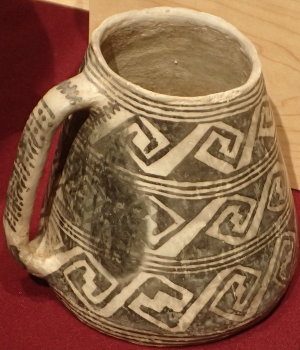
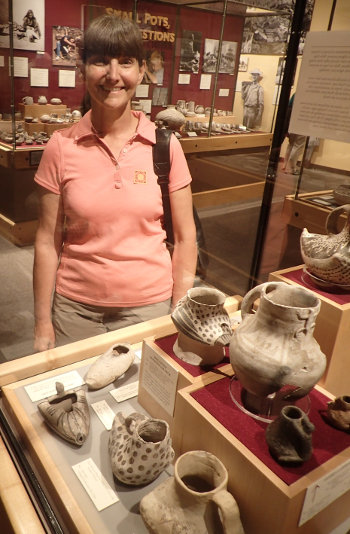
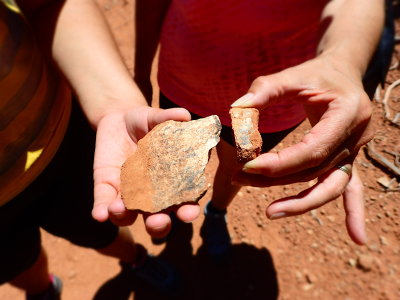 For the record: we put the pottery shards back on the ground exactly how we found them. We are not superstitious but don't want to bring home any "bad juju" by taking any artifacts; besides it being illegal
For the record: we put the pottery shards back on the ground exactly how we found them. We are not superstitious but don't want to bring home any "bad juju" by taking any artifacts; besides it being illegal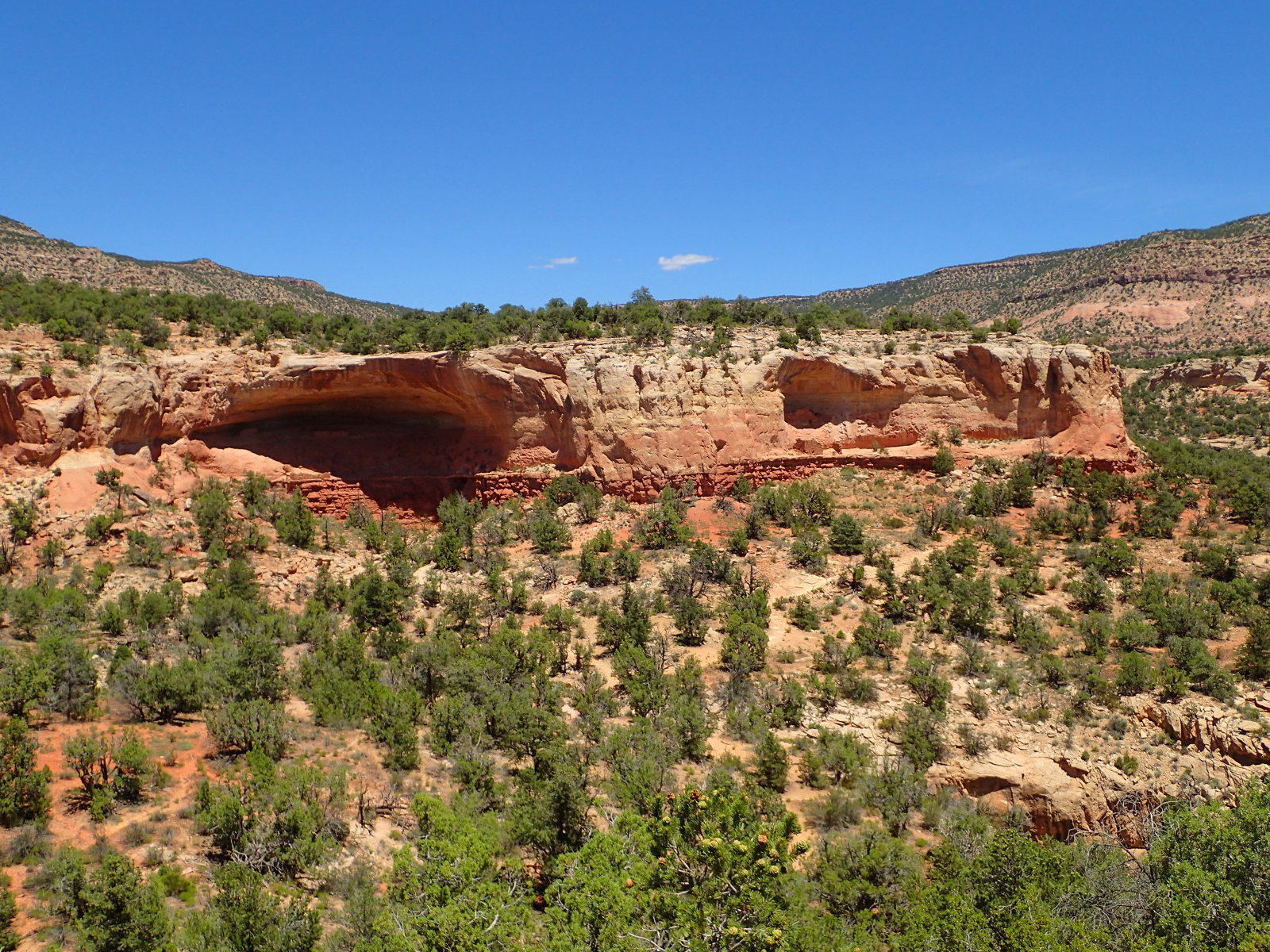
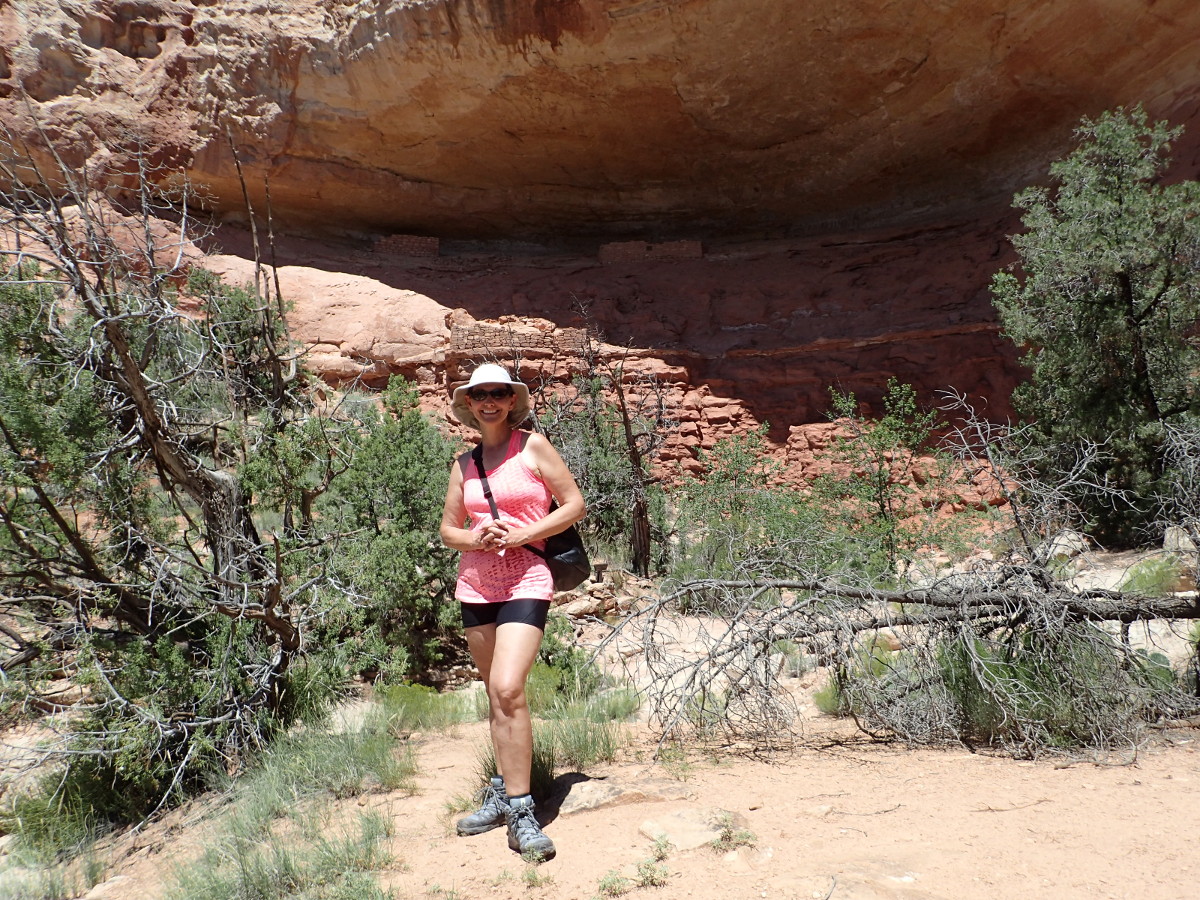
Bandelier Puebloans
We visited Bandelier in New Mexico in 2010. The Puebloans at Bandelier made their homes by tunneling into the limestone, using long ladders to access the top levels of the structures. They were known as "the cave dwellers."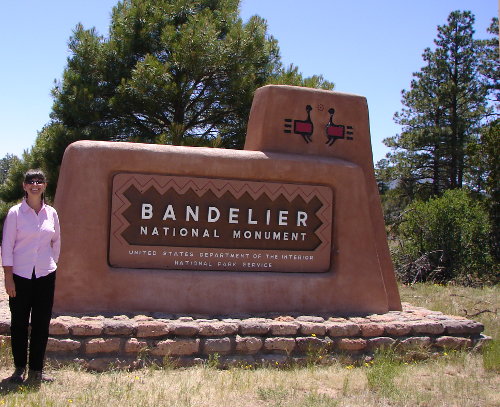
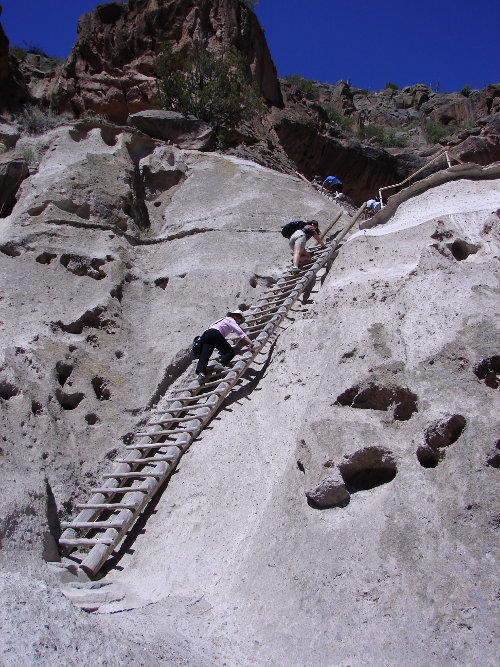

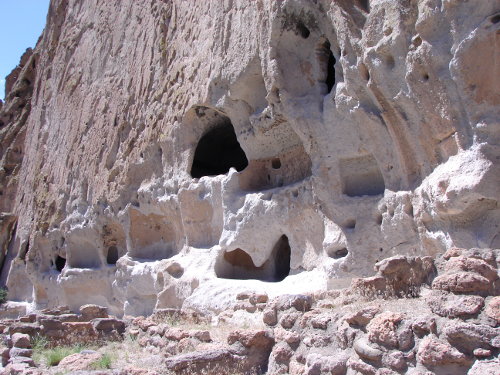
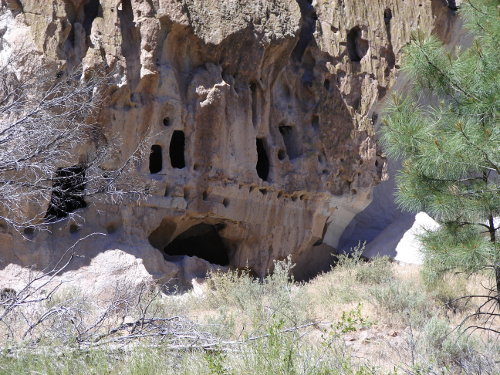
(hover mouse over pic above for alternate view)
(on mobile devices tap the image on left/right)
Ceremonial Kivas
Kivas feature prominently at all Anasazi sites; an important component of their culture. Kivas were in-the-ground structures used for community gatherings and ceremonial events. Some were quite large, with capacity for hundreds of people. The word kiva means "ceremonial room." Fires were lit inside the kivas. Ruins show remnants of hearths and ventilation structures. We noticed benches built-in around the walls. Their roofs have decomposed over the years, so it's hard to appreciate their massive size. The roofs of "Great Kivas" weighted tons. Pics from various sites: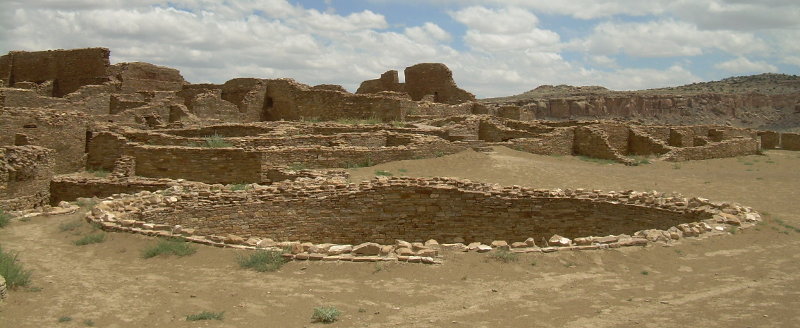
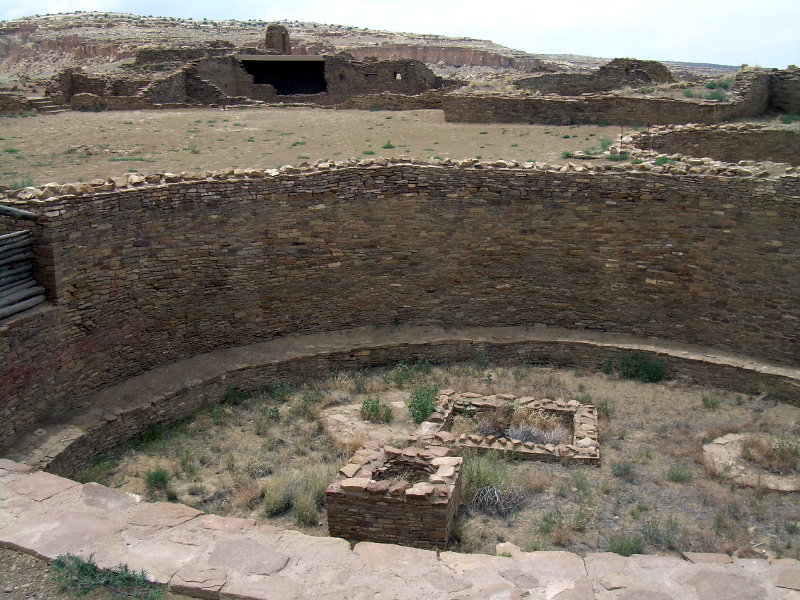
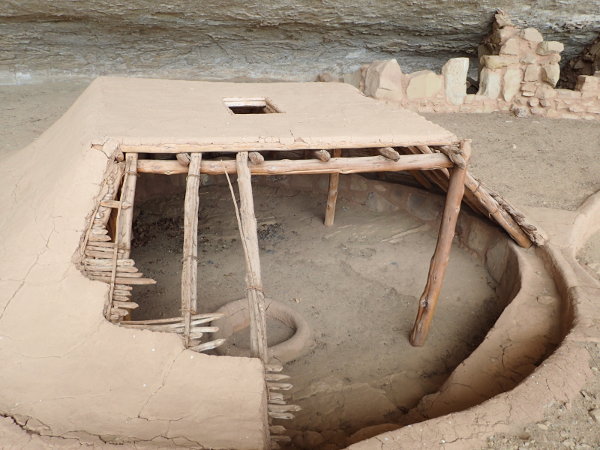
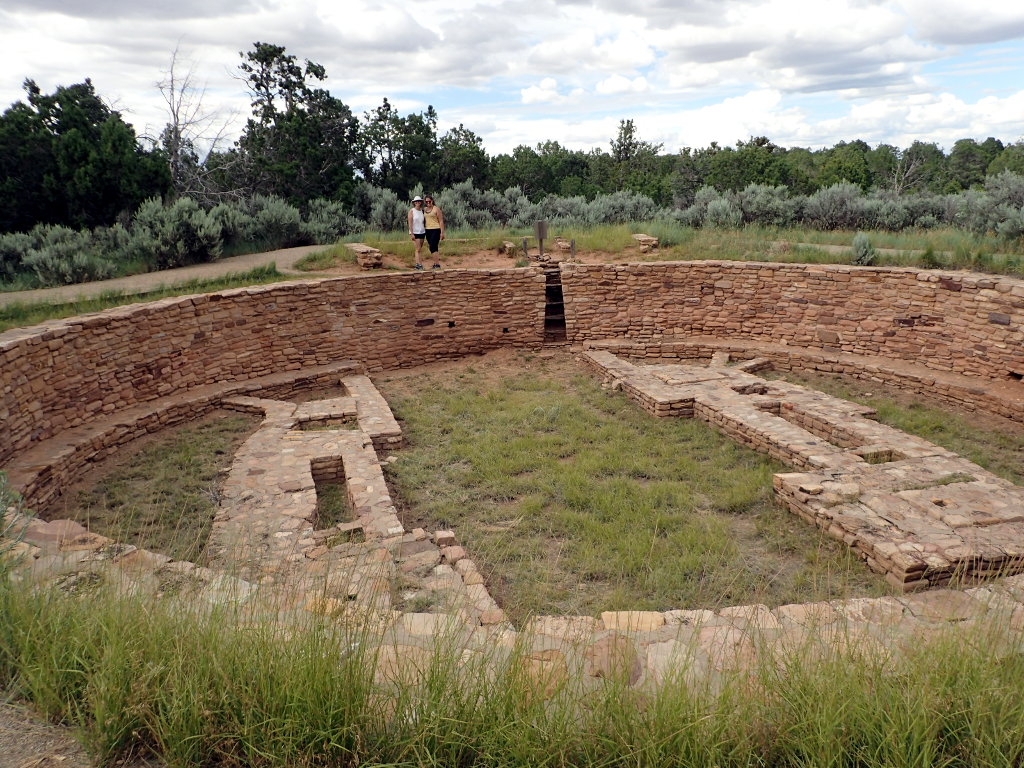
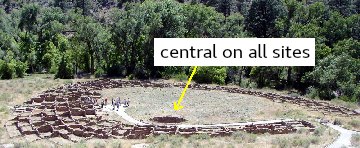
("Great Kivas" pics on the RIGHT are clickable for HI-RES)
Kivas may represent the "sipapu" or "place of emergence." Anasazi believed humans emerged from the ground.